Global Expansion Strategies for FinTechs in Emerging Markets: A Playbook for Leaders
2nd August 2025
 How Open Banking is Shaping Financial Services Globally
How Open Banking is Shaping Financial Services Globally
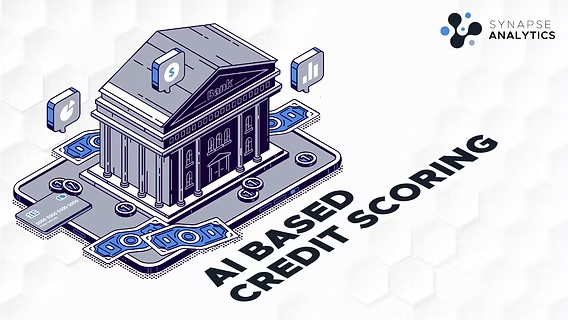 How AI is Transforming the Credit Scoring System
How AI is Transforming the Credit Scoring System
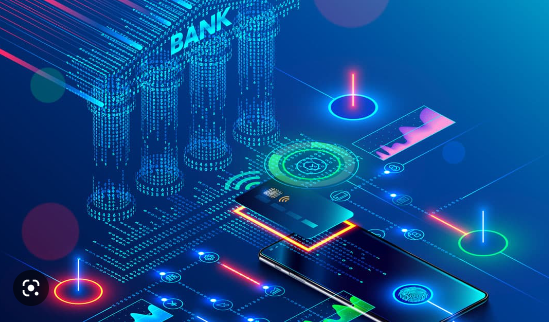 What the Future Holds for Digital-Only Banks: Navigating the Next Era of Banking
What the Future Holds for Digital-Only Banks: Navigating the Next Era of Banking
.jpg) The Future of Payments: Trends Reshaping Transactions in 2025
The Future of Payments: Trends Reshaping Transactions in 2025
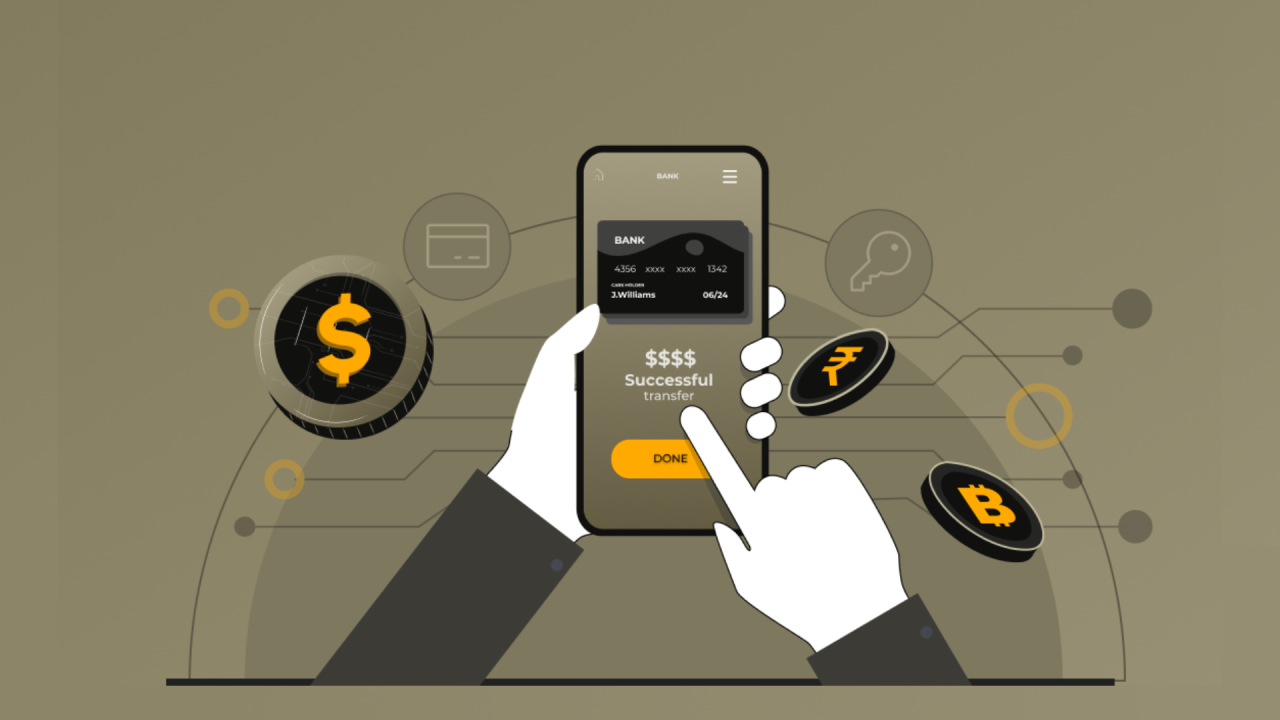 The Rise of Contactless Payments: Benefits and Security Concerns
The Rise of Contactless Payments: Benefits and Security Concerns
 QR Codes and the Cashless Leap: Transforming India's Financial DNA
QR Codes and the Cashless Leap: Transforming India's Financial DNA
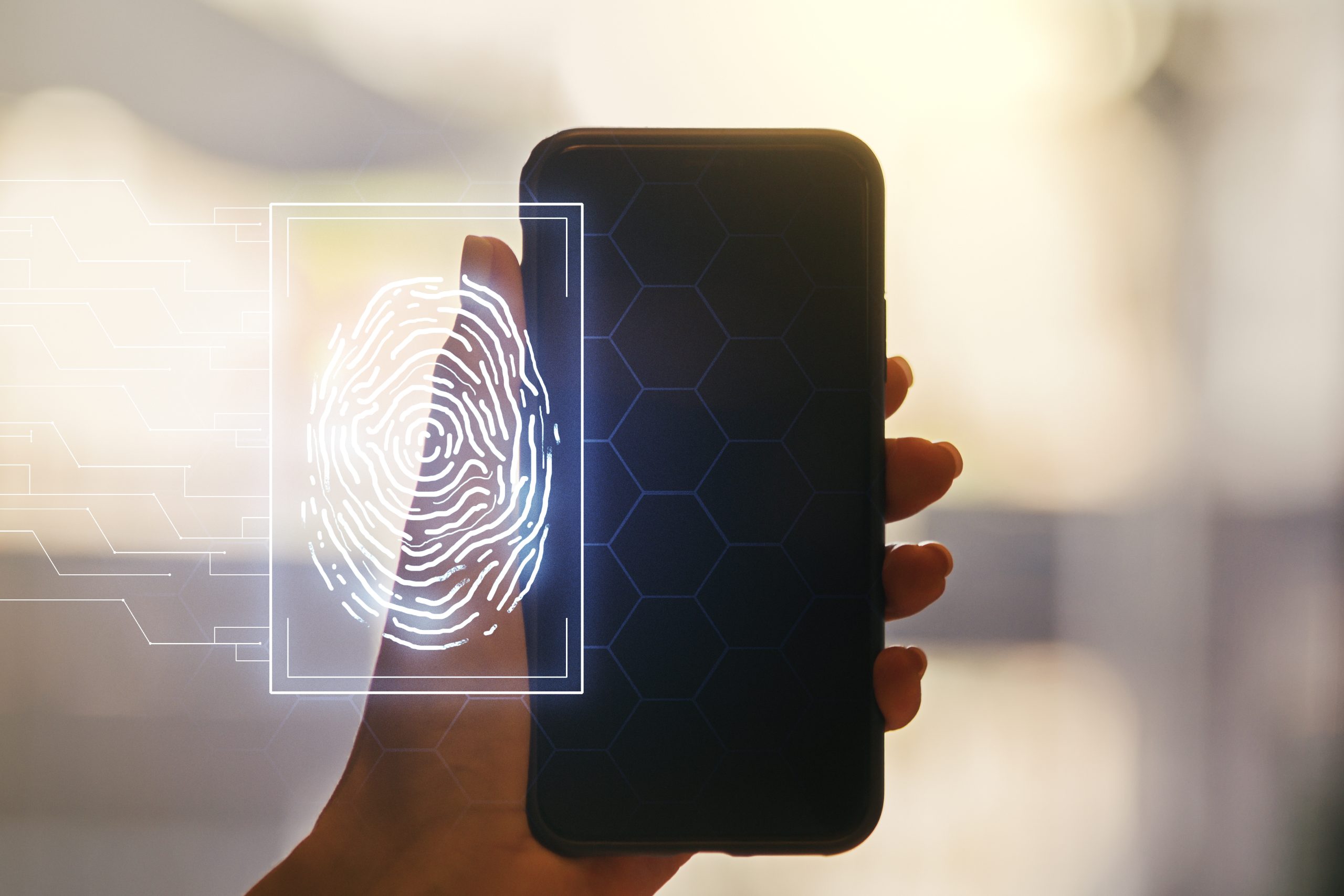 Biometric Payments: The Next Big Trend in Secure Transactions
Biometric Payments: The Next Big Trend in Secure Transactions
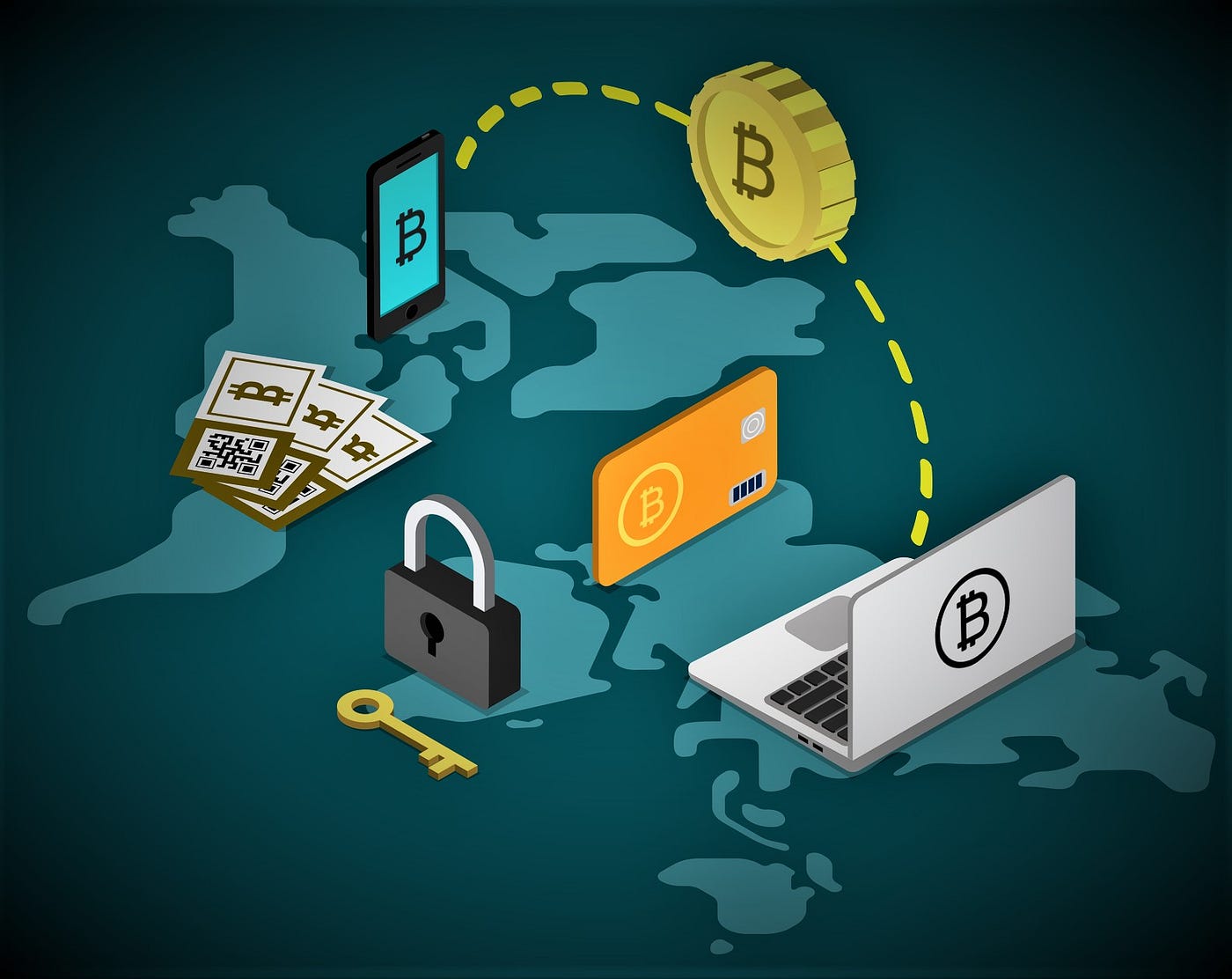 The Role of Cryptocurrencies in Cross-Border Payments
The Role of Cryptocurrencies in Cross-Border Payments
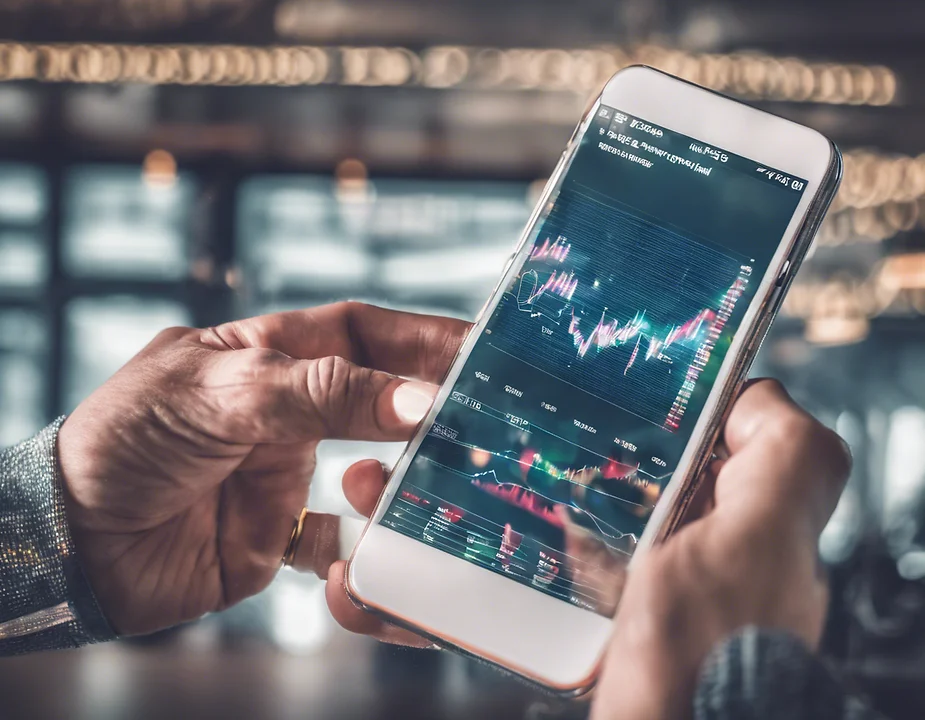 Top Fintech Innovations Shaping 2025: The Future of Finance
Top Fintech Innovations Shaping 2025: The Future of Finance
 Flipkart Gets a Lending Licence: A Bold Leap into Embedded Finance
Flipkart Gets a Lending Licence: A Bold Leap into Embedded Finance
 The Evolution of Fintech Regulation: What’s Next?
The Evolution of Fintech Regulation: What’s Next?
 The Impact of 5G on Fintech Services
The Impact of 5G on Fintech Services


18 April 2025
3 min read
262
As the digital economy matures, consumers are demanding faster, safer, and more seamless ways to pay. Enter biometric payments — a game-changing innovation that is rapidly gaining momentum across the fintech ecosystem. By replacing traditional authentication methods like PINs and passwords with physical traits such as fingerprints, facial recognition, or voice ID, biometric payments are redefining what secure transactions look like.
Biometric payments allow users to authenticate and authorize transactions using their unique biological features. This could mean tapping your fingerprint on a payment terminal, using facial recognition to unlock a mobile wallet, or speaking a passphrase to complete a voice-activated payment.
These methods offer a higher level of identity verification, making the process not only faster but also significantly more secure. With biometric sensors now standard in most smartphones and wearables, adoption is becoming frictionless for both users and businesses.
Unlike passwords or OTPs, biometric data cannot be forgotten, guessed, or easily stolen. This makes it one of the most secure forms of user verification available today. As digital fraud continues to evolve, biometric authentication offers a robust solution to safeguard both consumers and service providers.
Biometrics remove the need for manual input during payments. A fingerprint or facial scan takes seconds, reducing checkout time and improving the overall customer experience. This is especially valuable in high-frequency environments like retail, transit, and online shopping.
With smartphones becoming the primary banking and shopping device, biometric payments are a natural extension of the mobile-first experience. They integrate smoothly into existing habits, making secure authentication a background process that feels effortless to the user.
While mobile wallets and facial recognition are gaining ground, biometric cards are emerging as the next big frontier. These are physical debit or credit cards embedded with fingerprint sensors, enabling secure contactless payments without a PIN. They bridge the gap between traditional card payments and modern biometric technology—offering enhanced security without disrupting user behavior.
For fintech companies, biometric payments open doors to innovation in:
Digital onboarding with real-time identity verification
Risk and fraud management through behavioral biometrics
Personalized customer journeys based on user preferences
Financial inclusion by enabling secure access even for the unbanked population
With the right infrastructure, fintechs can integrate biometric authentication into every stage of the customer lifecycle—from signup to transactions and beyond.
As biometric technology becomes more affordable and regulations mature around data privacy, biometric payments are set to become a cornerstone of the digital payment experience. The key will lie in building trust—ensuring users know their biometric data is protected, and delivering real value through convenience and security.
Biometric payments are no longer just a futuristic concept—they're already shaping the next phase of fintech innovation. By combining identity with intelligence, this trend has the potential to redefine how we think about safety, simplicity, and speed in every transaction.
Read Next
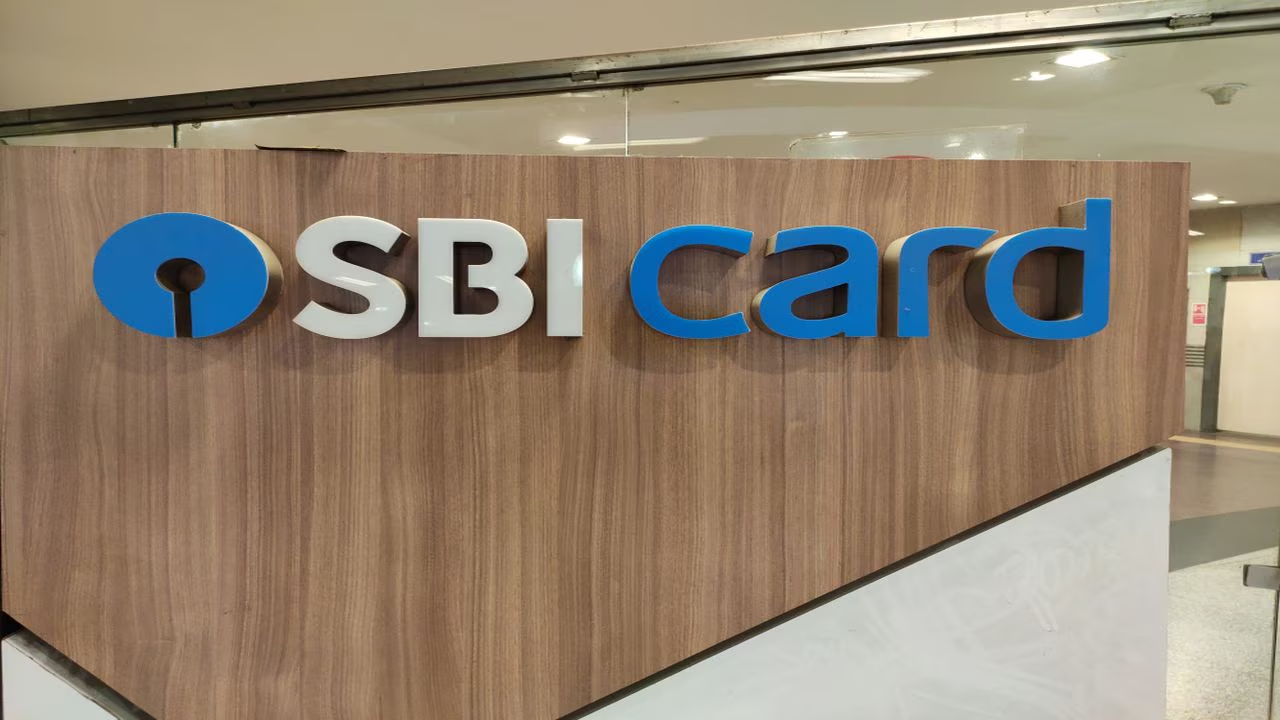 News
News
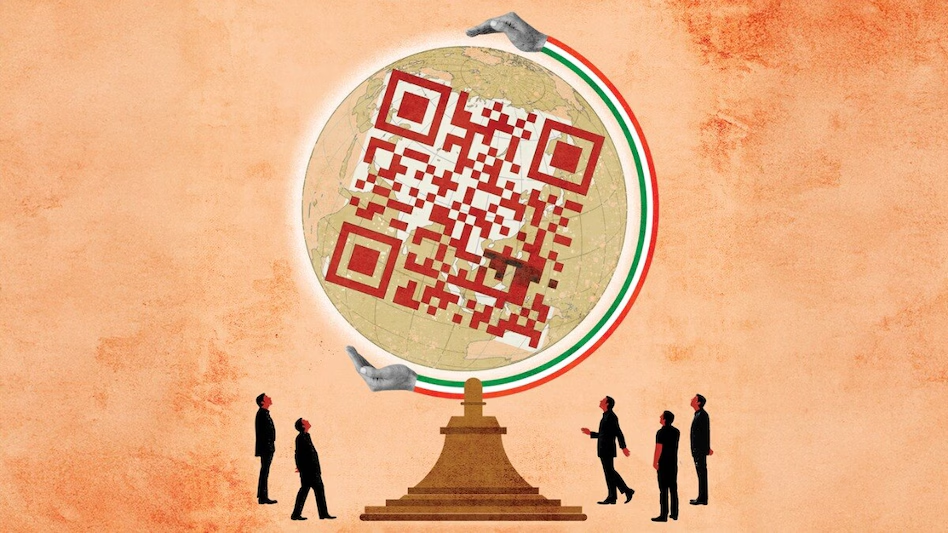 News
News
 Blog
Blog
 Blog
Blog
 News
News
Live Polls
Live Discussion
Topic Suggestion
Whom Do You Wish To Hear
Sector Updates
Leave your opinion / comment here